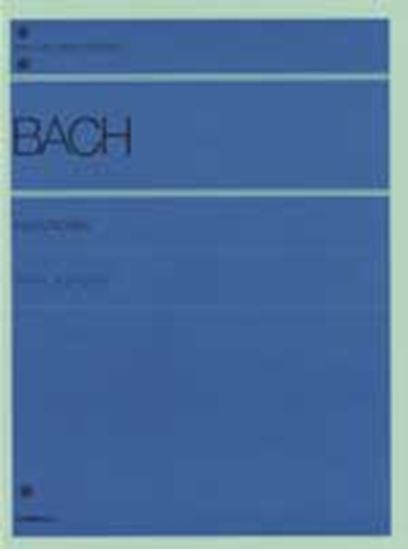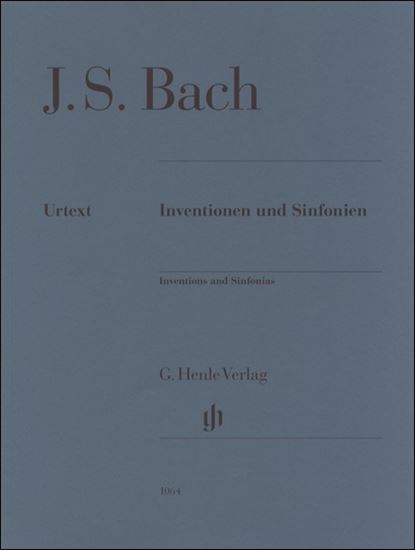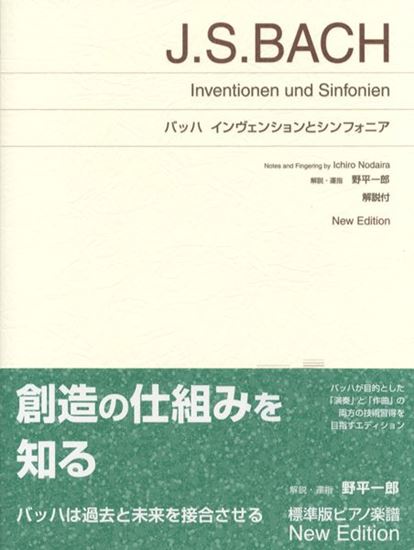Bach, Johann Sebastian : Invention Nr.4 d-moll BWV 775
Work Overview
Genre:pieces
Total Playing Time:1 min 00 sec
Copyright:Public Domain
Commentary (3)
Author : Takamatsu, Yusuke
Last Updated: September 18, 2020
[Open]
Author : Takamatsu, Yusuke
D minor, 3/8 time.
The piece is constructed by constantly repeating the theme presented by the upper voice in the opening two measures throughout the entire piece. In this sixteenth-note theme, the diminished seventh leap placed in the second measure creates a severe character.
The sixteenth-note theme continues uninterrupted, but the points where it breaks form cadences, corresponding to structural divisions of the piece (measures 17, 37, 48, 51). This theme appears in various transformed shapes, such as being repeated as a sequence (in the upper voice from measure 5, in the lower voice from measure 11) or used in inversion (measures 22-25).
Author : Hayashikawa, Takashi
Last Updated: March 15, 2018
[Open]
Author : Hayashikawa, Takashi
Musical examples provided by: Bärenreiter Verlag
Author : Ooi, Kazurou
Last Updated: March 12, 2018
[Open]
Author : Ooi, Kazurou
No. 4 in D minor
This piece is a typical example of how Bach's minor keys are never truly dark. Bach's D minor compositions generally depict serious aspects, as exemplified by French Suite No. 1, Sinfonia, Toccata No. 1, and The Well-Tempered Clavier Book II. In that sense, this Invention can be considered remarkably optimistic.
While the technical demands are relatively moderate, some learners may struggle with the long trills. Practice the left-hand trills especially, utilizing all possible methods to achieve speed and accuracy. If you find it difficult to play trills quickly, it might indicate insufficient fundamental muscle development; practicing exercises like Hanon could be beneficial for building strength.
As this is an enjoyable piece despite being in a minor key, all eighth notes can be played staccato, and a light, brisk tempo is appropriate. No extremely strong sections are perceived, so while the dynamic range should not be flat, extreme fortissimos are not required. A performance emphasizing elegance might be preferable.
The modulations first lead to the relative major, F major, then to the dominant minor, A minor, before returning to D minor. Vary the atmosphere in each key.
At the beginning, the music reaches B in the treble clef in measure 6, which is the highest pitched note in this piece. After reaching B in measure 6, follow the sequence, gradually decreasing volume as you descend to F in the right hand on the first beat of measure 18. Upon reaching F major, begin the trill with a soft sound. As A minor is entered in measure 26, change the atmosphere there and sustain the tension until A in measure 37.
The highest note, B, also appears twice between measures 44-45. The discussion regarding the dynamic intensity of measures 44-45 is open to interpretation. From my personal perspective as the author, I do not perceive the B in measures 44-45 as particularly loud. Rather, I feel the A in measures 36-37 to be more prominent, but this is subjective, and the performer should be free to make their own judgment.
Arrangements & Related Works(1)
PTNA & Partner Channel Videos(10items) View More
Sheet MusicView More
Scores List (35)

カワイ出版

(株)ヤマハミュージックエンタテインメントホールディングス

(株)全音楽譜出版社

(株)全音楽譜出版社

(株)ドレミ楽譜出版社

(株)音楽之友社

(株)全音楽譜出版社

(株)音楽之友社

(株)音楽之友社

(株)ドレミ楽譜出版社

(株)ドレミ楽譜出版社

(株)ドレミ楽譜出版社

(株)ドレミ楽譜出版社

カワイ出版

(株)渓水社

(株)音楽之友社

(株)全音楽譜出版社

(株)エー・ティ・エヌ

(株)全音楽譜出版社

カワイ出版

(株)音楽之友社

(株)音楽之友社

(株)ヤマハミュージックエンタテインメントホールディングス

Neil A. Kjos Music Company






















